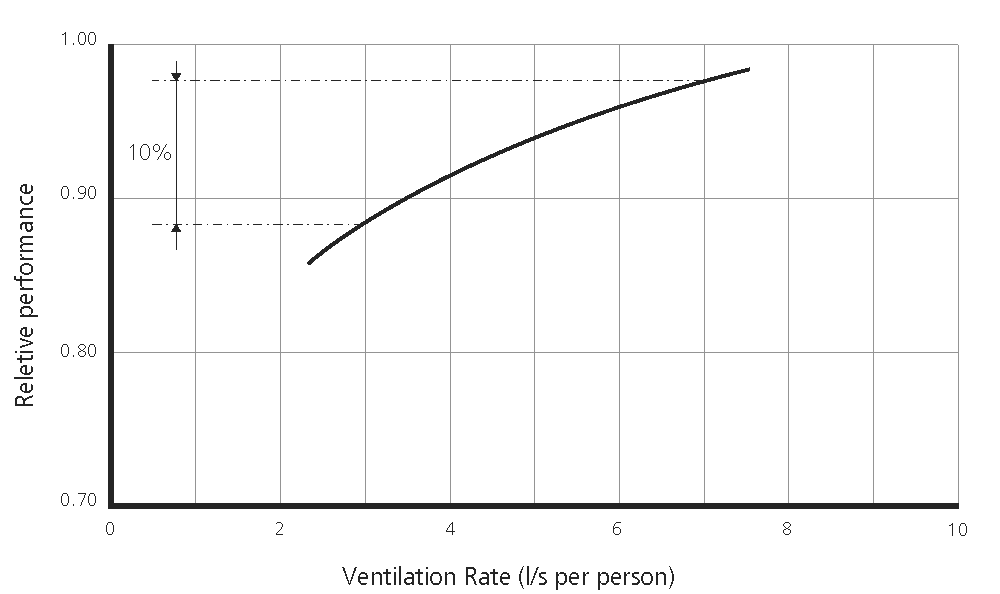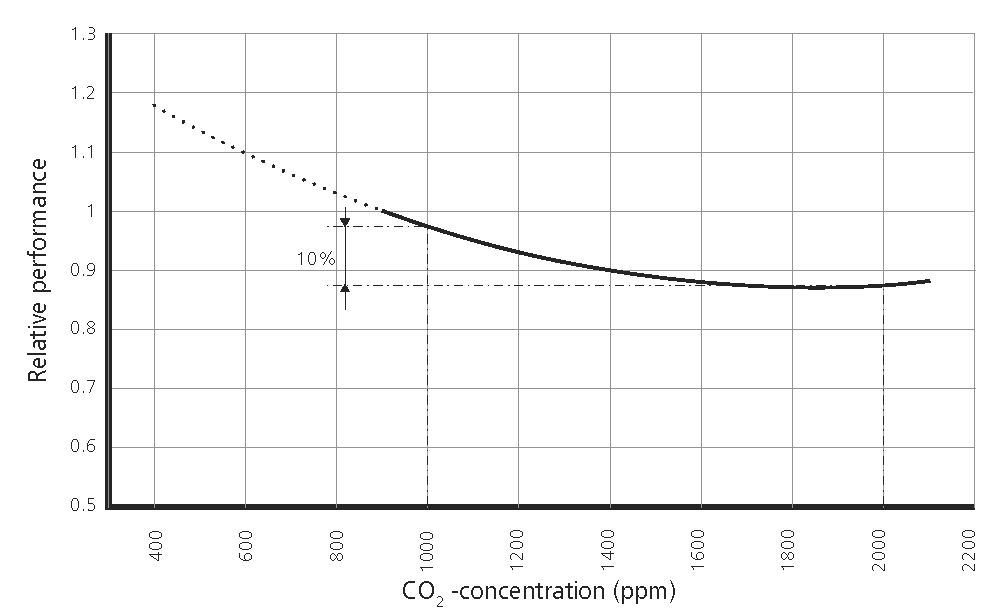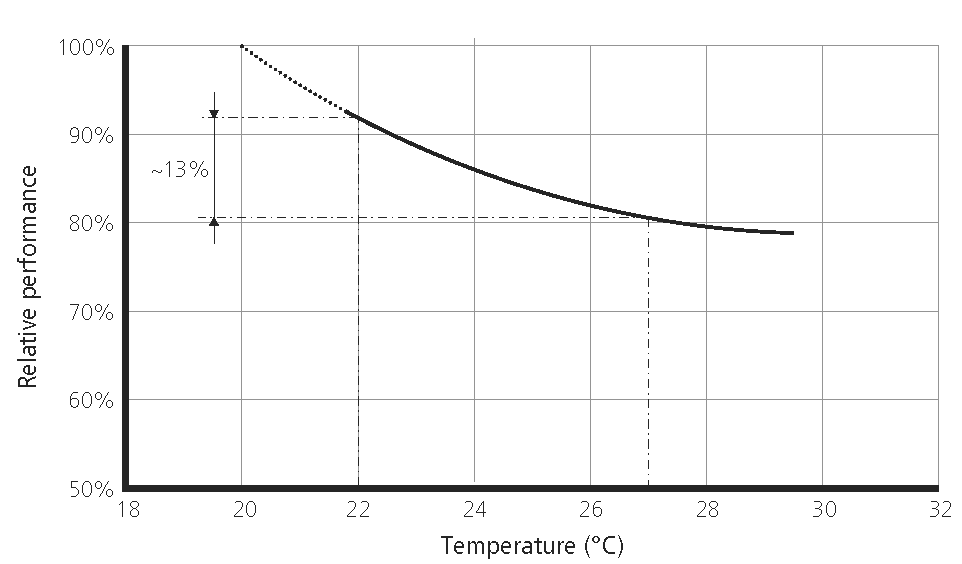School ventilation – LEARNING

It is well documented that pupils and teachers hit the CO2 wall within an hour if the ventilation solution does not deliver enough fresh air
Important conditions for a good indoor climate in the school
Learning with rewards requires a good indoor climate.
A poor indoor climate impairs the teacher’s working conditions, while the pupils’ ability to learn is significantly reduced.

Each student usually has about 2.5 m2 in a classroom – and that’s not a lot.
In educational institutions, there are three special conditions that must be met jointly:
- Abundant ventilation
- Energy-efficient solution
- Low noise levels
From an investment perspective, the cost of the ventilation solution is small in relation to the total building price.
Reduced energy costs
Minimizing energy costs in public buildings is an important contribution to the global climate agenda.
From an investment perspective, the cost of the ventilation solution is small in relation to the total building price. The costs of creating a good indoor climate in the school by means of ventilation are minimal in relation to a school’s total operating budget, whereas the operating costs for ventilation make up a relatively large part of the building’s total
operation. It is therefore generally worthwhile for the developer to invest in premium ventilation, because premium means low operating costs.
EXHAUSTO has developed the DEX3000 series to help children and teachers feel comfortable in any classroom.
read more about DEX3000 and its many advantages here.
Ventilation for 1,000 m2 day care facility
Also see our example of a ventilation system that supplies fresh air to 80 children in a daycare facility in Germany.
Wargocki P, Porras-Salazar, J.A., Contreras-Espinoza, S., & Bahnfleth, W. 2020 The relationships between classroom air quality and children’s performance in school. Building and Environment, 173, 106749.
Sources: Wargocki, P., Porras-Salazar, J.A., & Contreras-Espinoza, s. 2019 The relationship between classroom temperature and children’s performance in school. Building and Environment, 157, 197-204.
Calculate the CO2 level in a classroom
We help you calculate the required airflow based on an acceptable CO2 level (<1000 ppm acc. BR18), the size of the classroom, the number of pupils/persons and the duration of the teaching.



